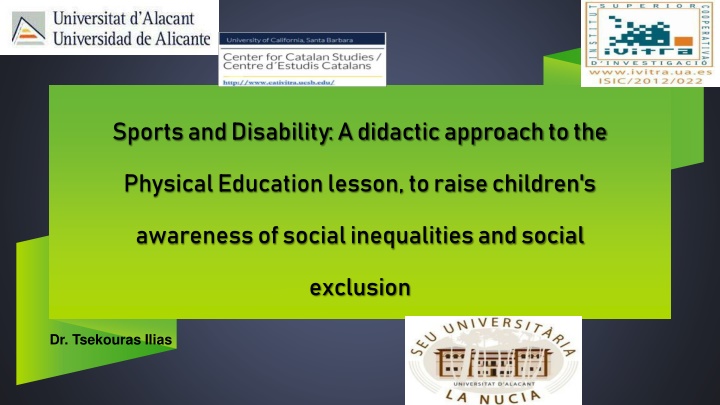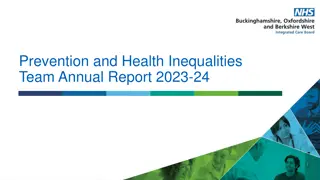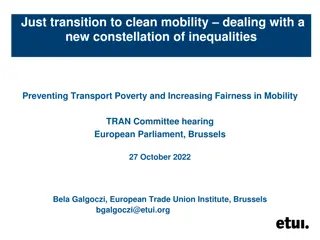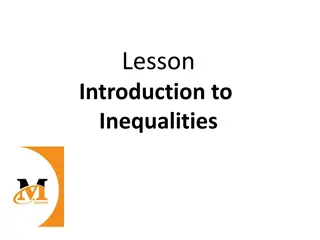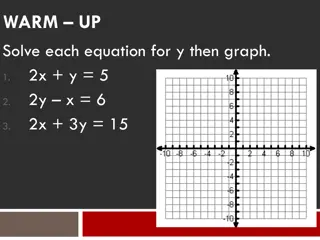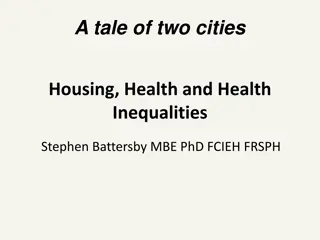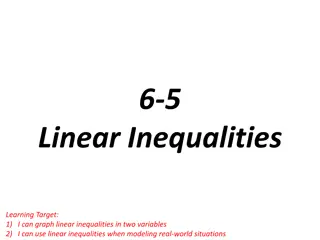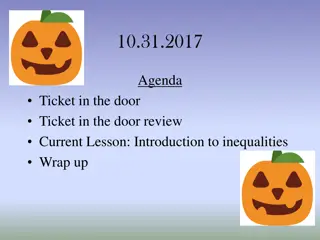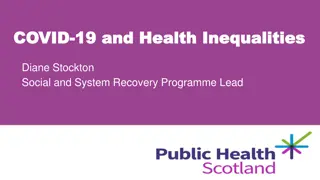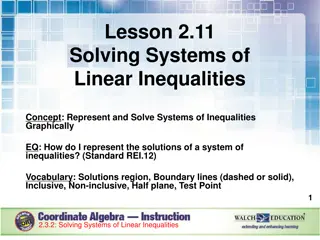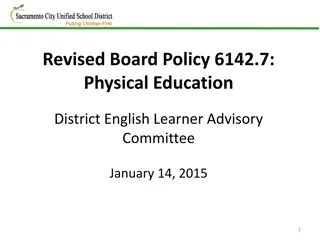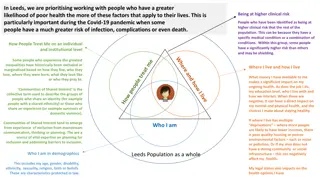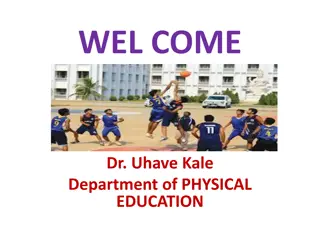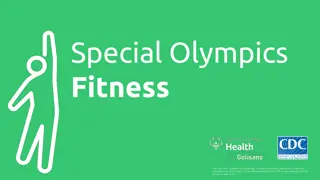Promoting Awareness of Social Inequalities Through Physical Education
In this didactic approach, children's awareness of social inequalities and exclusion is raised through a Physical Education lesson on sports and disability. The study aims to shape positive attitudes towards diversity while combating discrimination in schools. The methodology involves implementing an intervention program focused on sports and disability for students in experimental and control groups, with measurements including satisfaction, motivation, and behavior observation. Results show higher satisfaction in the experimental group throughout the course.
Download Presentation

Please find below an Image/Link to download the presentation.
The content on the website is provided AS IS for your information and personal use only. It may not be sold, licensed, or shared on other websites without obtaining consent from the author.If you encounter any issues during the download, it is possible that the publisher has removed the file from their server.
You are allowed to download the files provided on this website for personal or commercial use, subject to the condition that they are used lawfully. All files are the property of their respective owners.
The content on the website is provided AS IS for your information and personal use only. It may not be sold, licensed, or shared on other websites without obtaining consent from the author.
E N D
Presentation Transcript
Sports and Disability: A didactic approach to the Physical Education lesson, to raise children's awareness of social inequalities and social exclusion Dr. Tsekouras Ilias
Civilization will reach maturity only when it learns to value diversity of character and of ideas. Arthur Clarke, 1917-2008, British Sci-Fi writer 2
Introduction In physical education and sports, broader issues of inequality are often reflected, resulting in discrimination between students and their exclusion from activities For children with mobility problems the situation is even more difficult 3
Introduction Schools that operate with the orientation of the inclusive education of students with and without disabilities are the best way to fight discrimination 4
Research purpose To raise students' awareness of disability, social inequalities and social exclusion. To shape positive attitudes and values towards diversity and to build positive relationships with the entire peer group 5
Methodology Sample: 92 5th and 6th grade Primary School students, who were divided into two groups, an experimental group (23 boys and 25 girls) and a control group (21 boys and 23 girls). In the experimental group there were 3 children with motor problems and 5 obese/overweight students. 6
Methodology Design and Process: In the control group there were ten standard physical education lessons based on the analytical program, while in the experimental group an interventional health education program, ten lessons, with the theme "Sports and Disability" was implemented 7
Methodology Measurements: Degree of satisfaction (lesson satisfaction) Student motivation Systematic observation of student behavior 8
Results Satisfaction with the course: the experimental group showed higher satisfaction scores from the first to the tenth lesson, compared to the control group the experimental group presented higher satisfaction scores, compared to the control group 9
Results Motivation to participate in the course: students in the experimental group had higher intrinsic motivation scores compared to the control group students in the experimental group were less extrinsically motivated compared to the control group the students of the experimental group presented significantly lower scores in the lack of motivation compared to the control group 10
Discussion Sincere effort to effectively integrate children with disabilities in a standard classroom has multiple benefits not only for the children with disabilities themselves, but also for all participants (teachers, other children, parents) The children with disabilities joined the school community equally, in a climate of acceptance, mutual respect and emotional stability 11
Discussion Their socialization and inclusion in the group is estimated to have contributed to their better psychological balance The sense of belonging to a social group inhibited feelings of marginalization that they experienced due to their exclusion from the group. 12
Discussion The rest of the students, experiencing a state of empathy, got rid of prejudices, obsessions and racist perceptions. They learned to operate in a climate of mutual respect, mutual support and solidarity. They worked harmoniously, redefined their relationship with the group, built positive relationships by honestly accepting diversity The children found the specific teaching intervention attractive emphasizing that they felt a pleasure, that they enjoyed the cooperation with each other and that they drew more joy and satisfaction 13
Discussion Teachers experienced a more complete and meaningful classroom management, based on a philosophy of acceptance, away from stereotypical perceptions, exclusions and "Pygmalion" phenomena Parents probably feel satisfied seeing their children receive an education that goes beyond the simple transmission of knowledge and approaches holistically, harmoniously and balanced their mental and spiritual condition, their emotional maturity and their harmonious integration into society 14
Importance of physical education - quality of life Intersubjectivity is proposed as a modern and interesting option, but also as a comprehensive proposal Through interdisciplinary approaches, physical education is upgraded since a favorable learning environment is formed, in which students participate actively and not simply because they have to, while at the same time the course is upgraded in quality as it has to demonstrate specific learning results in the children's behavioral world 15
Importance of physical education - quality of life Innovative actions such as the program described create a student- centered, social-centered and experiential environment, an attractive environment and not only a stereotypical teaching place The quality of life of young students also improves, since their emotional world is strengthened and interpersonal relationships improve Children gain sensitivity and response to the feelings of others, learn empathy, communicate effectively and acquire self-control and responsible behavior 16
Importance of physical education - quality of life Engaging teaching motivates children, strengthens the intention to actively participate in the lesson and consequently physical education helps students to cultivate a positive attitude towards exercise and adopt a physically active lifestyle during their adult life 17
Conclusions i. This proposal tries to fill the gap in the application of interdisciplinary movement programs in the physical education course ii. The experiences and conclusions could contribute to the advancement of academic knowledge about the effect of the interdisciplinary approach in the teaching of physical education iii. In addition, they could act as advisors to physical education teachers in terms of the best design of their educational programs and lead to a substantial upgrade of the educational process 18
Few are those who see with their own eyes and feel with their own heart. Albert Einstein, 1879 1955, German Physicist 19
Thanks! Dr. Tsekouras Ilias Professor of special physical education in secondary schools, Greece 20
